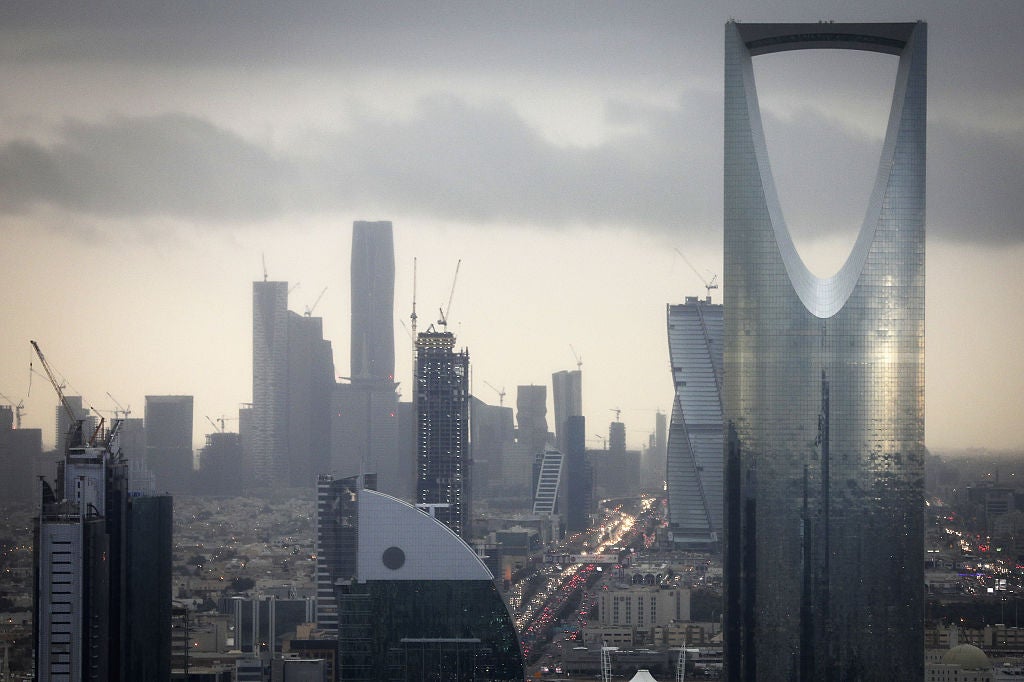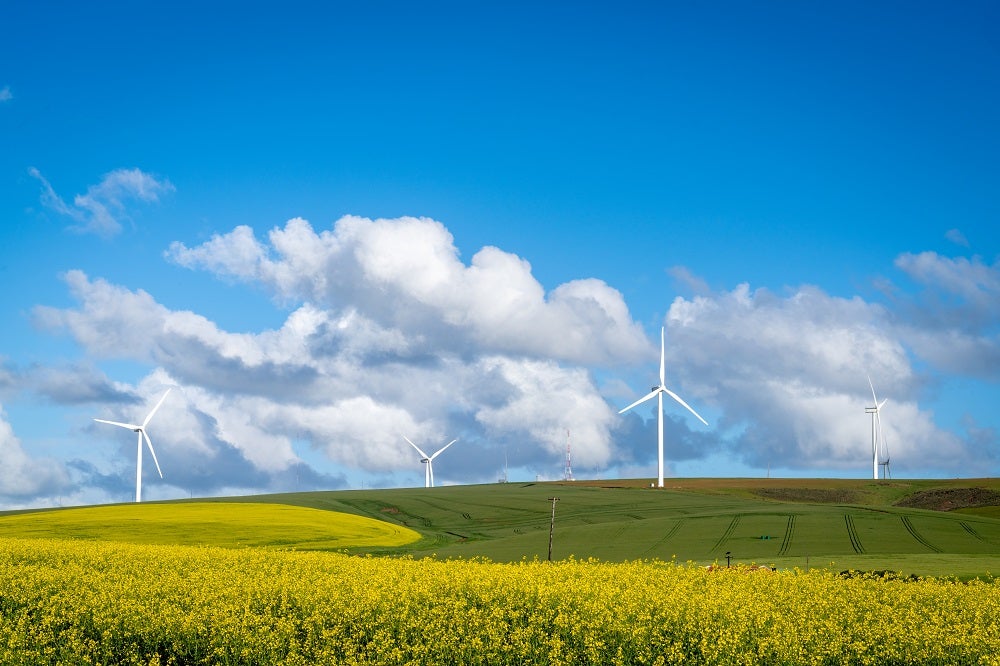
The ten largest cities in Saudi Arabia are Riyadh, Jeddah, Mecca, Medina, Dammam, Al-Mubarraz, Taif, Tabuk, Buraydah and Jubail. While Saudi Arabia is known as a global hub for the oil industry, each of these cities has industrial strengths that go beyond hydrocarbons and tie in with the kingdom’s Vision 2030 strategy to reduce its dependence on oil and diversify its economy.
While much focus is on the potential of Saudi Arabia’s ‘super city’ of Neom, the locations named above will drive the country’s economy for some years to come, but in which sectors and industries do they excel and attract investment?
1. Riyadh
Population: 7.68 million
Riyadh is the capital city of Saudi Arabia, and is located in the centre of the country in the an-Nafud desert. It is also one of the largest cities in the Middle East. Riyadh had been the capital of a Saudi state since 1823, but it was in the 1950s when its growth into a major global city commenced, when King Saud started to modernise what was then a modestly sized town. In the 21st century it is a major global hub for the energy industry, as well as finance. It is also a major tourism hub, receiving about five million visitors a year, and the political and administrative capital of Saudi Arabia. It is home to the headquarters of the Saudi National Bank, Al-Rajhi Bank, Sabic, Almarai, STC and Samba Financial Group. Riyadh is also home to the King Abdullah Financial District, one of the world’s largest financial districts.
Riyadh’s King Khalid International Airport is located 35km north of the city, serving more than 17 million passengers a year. The city is also equipped with a six-line metro system. Riyadh contains 16 universities, including the King Saud University and the Institute of Public Administration.
2. Jeddah
Population: 4.7 million
How well do you really know your competitors?
Access the most comprehensive Company Profiles on the market, powered by GlobalData. Save hours of research. Gain competitive edge.

Thank you!
Your download email will arrive shortly
Not ready to buy yet? Download a free sample
We are confident about the unique quality of our Company Profiles. However, we want you to make the most beneficial decision for your business, so we offer a free sample that you can download by submitting the below form
By GlobalDataJeddah lies on the coast of the Red Sea in western Saudi Arabia. It has served as a major port for about 1,500 years, a standing it retains to this day. Its economy is diverse, however, with tourism in particular featuring prominently. Jeddah serves as a gateway for the many millions of Muslim pilgrims who visit Saudi Arabia, many of whom are travelling to Mecca, some 65km away. Known as a commercial, trade and tourism centre in Saudi Arabia, Jeddah has long been a favoured destination for investors too, particularly given its more recent focus on science and engineering. Jeddah has more than 20 universities and colleges including the King Saud bin Abdulaziz University for Health Sciences, the King Abdullah University of Science and Technology and the King Abdulaziz University, which is the largest university in Saudi Arabia.
3. Mecca
Population: 1.58 million
Mecca is the holiest city in Islam and the birthplace of the Islamic prophet Muhammad. As such, it welcomes millions of pilgrims every year. Although the city’s economy is heavily reliant on these visitors, it also has other areas of strength, many of which are based around service industries. Mecca also excels in banking, copper extraction, carpentry and upholstery, and agriculture.
4. Medina
Population: 1.18 million
Medina is considered to be the second-holiest city in Islam, behind only Mecca, which it lies some 450km from near Saudi Arabia’s west coast. These factors, and Medina’s reputation more generally for being a cradle of Islamic culture (it is the burial site of the Islamic prophet Muhammad), mean that tourism and pilgrimages plays a key role in the city’s economy. Other areas of strength in Medina include agriculture (the growing of dates and vegetables), food production, real estate development, hydrocarbons, building materials and knowledge-based industries.
5. Dammam
Population: 1.25 million
Dammam is located on Saudi Arabia’s east coast on the Persian Gulf, and is the nearest major city to Bahrain. As well as containing the largest port in the Gulf – King Abdul Aziz Sea Port – Dammam is a key administrative location for Saudi Arabia’s oil industry. It also hosts the administrative offices of many government departments. Its metropolitan population numbers some 4.1 million, also taking in Dhahran (where energy giant Saudi Aramco, one of the largest companies in the world by revenue, is headquartered) and Khobar. On top of its global reputation for its port and oil industry, Dammam is served by King Fahd International Airport, the largest airport in the world by land area, and its economy can call upon many manufacturing companies and shipping agents.
6. Al-Mubarraz
Population: 837,000
Al-Mubarraz lies in eastern Saudi Arabia, close to both Bahrain and Qatar. It is a key historic city in the country, and as such its economy is reliant upon tourists visiting its many relics, while its famous springs are also a draw for visitors. Eslewhere, Al-Mubarraz and its surrounding areas have an expertise in agriculture, as well as textile manufacturing, food processing and horse breeding.
7. Taif
Population: 695,000
Taif is located in the west of Saudi Arabia, just over 100km from Jeddah and the Red Sea coast. Tourism plays a big role in the city’s economy, with its nearby mountain resorts giving it the reputation of being ‘the unofficial summer capital of Saudi Arabia’. Away from tourism, agriculture is the key industry in Taif, particularly the production of essential oils, figs, grapes, honey, pomegranates and roses. Its expertise in the cultivation of roses and other flowers has also leant itself to a burgeoning perfume industry in the city. In recent years, a new international airport has been planned for Taif, along with moves to diversify the city’s economy into high-tech industries.
8. Tabuk
Population: 670,000
Tabuk is located in north-west Saudi Arabia, some 50km from the border with Jordan. It is an important military base in the country, housing the largest air force base. While the city has long been able to rely on tourism in the shape of Jordanian and Egyptian pilgrims, it is also known for its textiles expertise, particularly rugs and tent covers. The surrounding area is also the site of several poultry and dairy farms, while, like Taif, it is known for the growing and cultivating of flowers.
9. Buraydah
Population: 669,000
Buraydah in central Saudi Arabia is a key agriculture hub in Saudi Arabia. The city is known globally for its production of dates, while its relationship with all things gastronomical has led to it being included within the Unesco Network of Creative Cities. On top of dates, Buraydah is a key producer of fruits and wheat, particularly for use in cereals.
10. Jubail
Population: up to 680,000
Jubail on Saudi Arabia’s Persian Gulf coast is one of the most important business hubs in the country. It hosts the largest industrial city in the world (Jubail Industrial City), as well as the headquarters of Sabic, the Middle East’s largest and world’s fourth-largest petrochemical company. It is also a key water production hub in Saudi Arabia. Away from oil and water, Jubail is an important centre of civil engineering,
Elsewhere in Saudi Arabia, the south-western city of Abha is a key tourism and agriculture hub, while Al-Hofuf in the east is a large producer of dates, textiles and pottery. Ḥaʼil is another key agricultural centre, specialising in the production of grain, dates and fruit.
Population figures are taken from national estimates from 2020 and 2021. Every effort has been made to distinguish between city populations and metropolitan populations.







